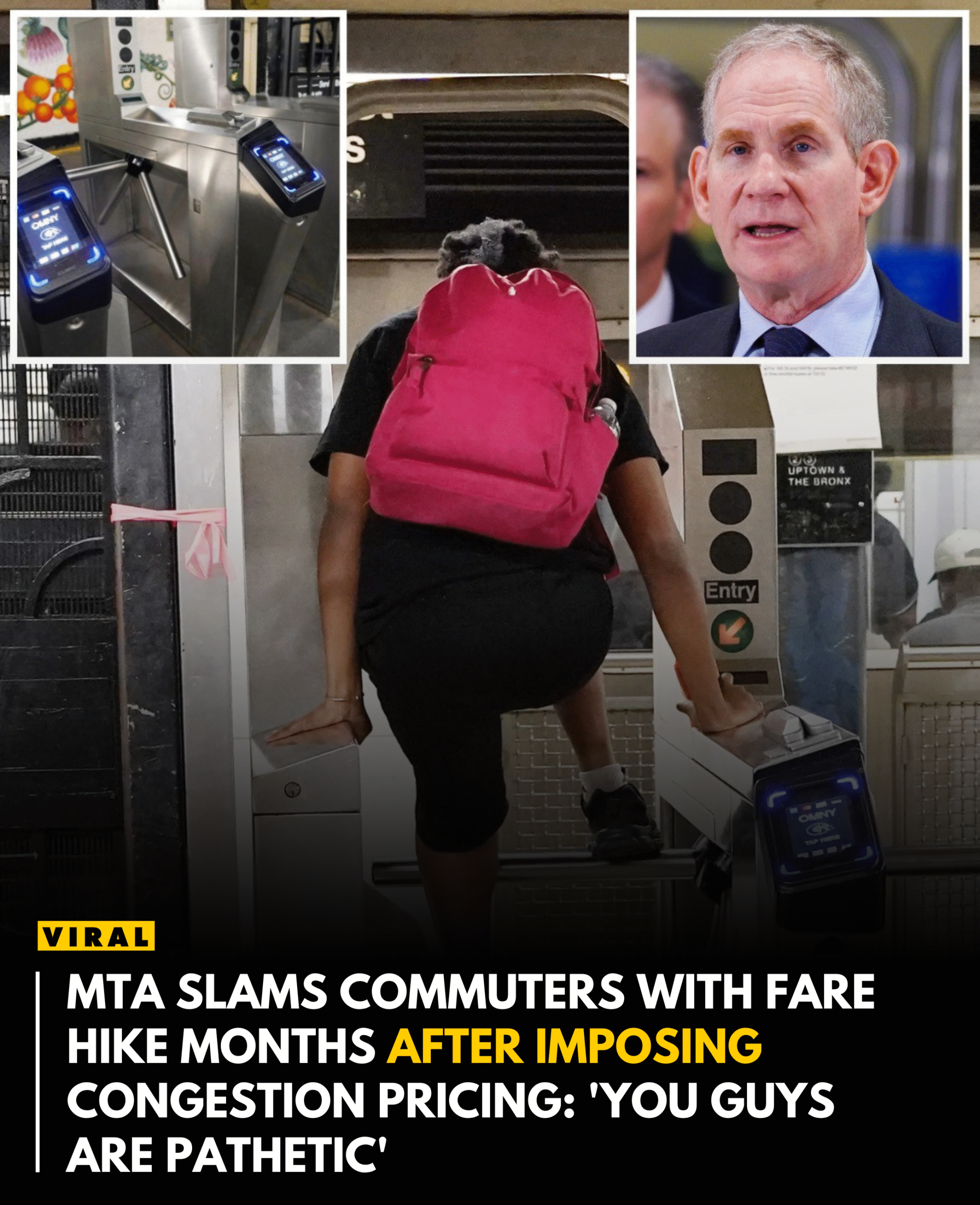The MTA to commuters: Take a hike!
The Metropolitan Transportation Authority voted to hike fares to a whopping $3 Tuesday – part of across-the-board increases that will also squeeze drivers and suburban rail riders in 2026.
No one on the authority’s board went against pushing fares from $2.90 beginning in January 2026, when the money-hungry agency will also hit commuters with increases on the Long Island Rail Road, Metro-North Railroad and on MTA-owned bridges and tunnels.
The spike in price also comes as a transit researcher argued the MTA wouldn’t need to force commuters to pay more if officials cracked down on fare evasion — which costs the flailing agency as much as $1 billion a year, according to a recent watchdog report.
“This is not a hike, ladies and gentlemen, I’m sorry,” said Zuckerman, who is a managing director at The Boston Consulting Group. “That is modest.”
But MTA board member Melva Miller admitted the price spike could hurt commuters’ bottomline.
“I’m struggling with this decision,” Miller said during the meeting.
“For many New Yorkers that 10 cents might not sound like a lot yet for someone balancing child care costs, rent, housing, all the other sort of affordability, utilities and other rising costs living in New York City, that can dive them into impossible choices.”
As the MTA imposed the looming price jump, it has collected $449.4 million from congestion pricing through August but loses as much as $1 billion per year to fare and toll evasion.
Lieber insisted it was wrong to conflate the latest fare increase with its income from the congestion toll, saying that income is to fund its massive long-term construction needs.
“I think you know the difference between our capital program, which congestion pricing goes to and our operating budget,” Lieber snapped.
The new commuting prices include:
- Subway and bus fares will go up 10 cents to $3.
- The express bus fare will increase from $7 to $7.25.
- Monthly, weekly and one-way tickets on the LIRR and Metro-North will jump up an average of 4.5%. For example, monthly pass from White Plains or Mineola would cost an extra $135 per year while one-way rides during peak hours from stations into Manhattan would jump 50 cents to $13.75 and $13.50, respectively.
- Toll rates at the following bridges will face increases of 7.5%: Verrazano, RFK, Whitestone, Throgs Neck, Henry Hudson, Cross Bay, Marine Parkway.
- Toll rates at the following tunnels will face increases of 7.5%: Hugh Carey and Queens Midtown.
Straphangers unloaded on MTA board members ahead of the vote on Tuesday.
“You guys are pathetic, every single last one of you,” one commuter said.
“I hope you guys make the right decision. If not, I’m still going to be here. I’m young — all of you guys are old.
Another subway rider also bemoaned the new dollar figures.
“This can’t keep going forever,” the rider said. “For many people this is becoming unaffordable for this to keep happening.”
The Citizens Budget Commission said in a statement ahead of the vote that it agreed with the increase because the agency badly needs the money — though a researcher with the watchdog group, Adam Schmidt, pointed out the MTA could remedy its budget woes if it was better at combating fare evasion.
The agency loses as much as $1 billion per year from the law breaking, according to a report issued earlier this month from the CBC.
“The revenue lost to evasion totals nearly three rounds of fare and toll increases and could go a long way to support the operating budget and increase public confidence in the system,” Schmidt said.
The agency has made attempts to slow down the scourge of fare beating, including putting up easily dodged metal shields on some turnstiles and placing metal spikes across the sides at the entrance.
A slew of security guards are also spotted across different stations to ensure straphangers don’t sneak in through the emergency exits.
House Rep. Laura Gillen, a Long Island Democrat, panned the MTA’s decision.
“First, the MTA decided to drain Long Islanders’ wallets with congestion pricing and now they are raising prices on Long Islanders who take public transportation,” she said in a statement.
“Nassau County commuters are already facing a cost-of-living crisis and should not be pummeled with this additional burden.”






